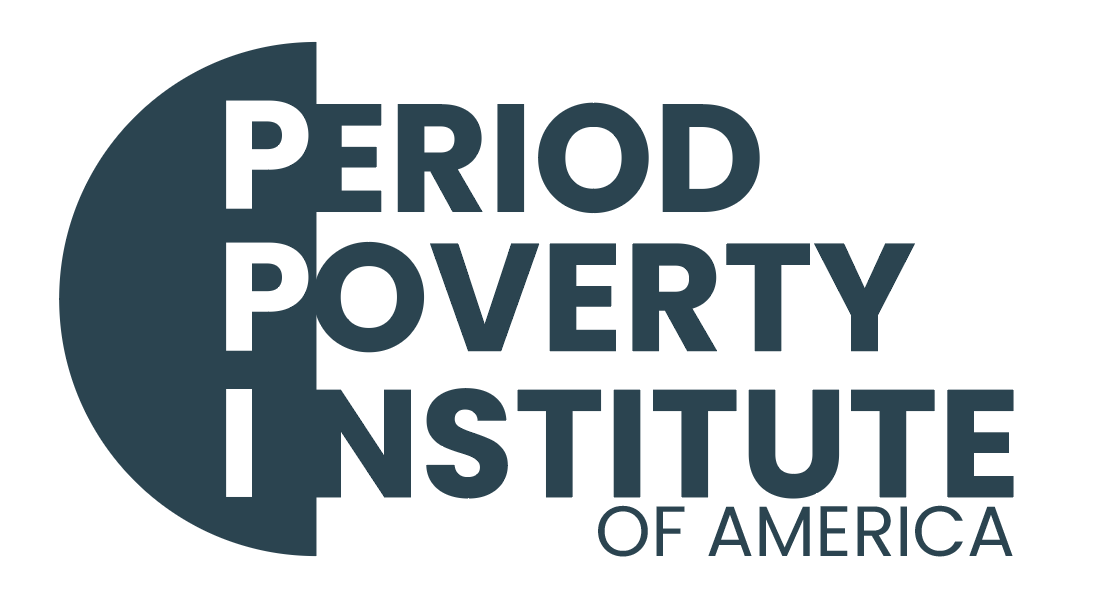New national data confirms that Period Poverty affects 41.9% of women in the United States. This translates to nearly two in five women having struggled at some point to access basic menstrual products. The figure underscores what advocates, and frontline providers have long observed: lack of menstrual supplies is a barrier with real consequences for education, employment, housing, and mental health.
Importantly, this issue is not confined to low-income communities. While roughly 12% of U.S. women live below the federal poverty line, more than three times that number have experienced Period Poverty. Assistance programs like SNAP and WIC do not permit the purchase of menstrual products, leaving many without essential items. Unstably housed individuals and youth are especially affected, often resorting to unsafe alternatives like socks or newspaper.
This is not just a matter of unmet needs. It is a systemic access issue with cascading effects on health and stability. Period Poverty leaders focused on research and policy are calling for updated systems and broader support infrastructure to reflect the true scale and seriousness of the problem.
SOURCES:
U.S. Census Bureau, 2023
Dignity Grows, 2025
USDA Food and Nutrition Service
Vora, S. “The Realities of Period Poverty,” 2023
